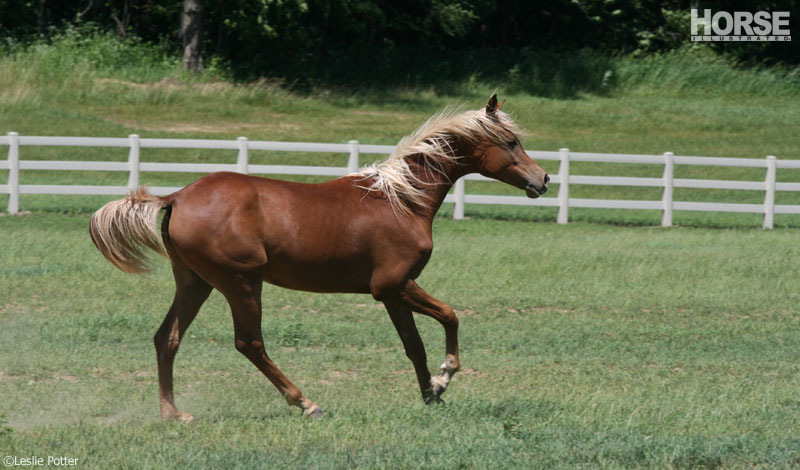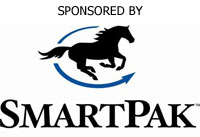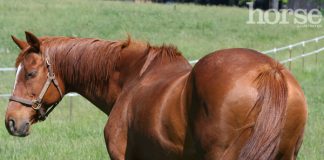In our Ask the Vet column, Dr. Lydia Gray answers your horse-health questions at HorseChannel.com/AskTheVet. Got a question for Dr. Gray? Send it to hc-editor@luminamedia.com and use subject line “Ask the Vet.”
Q: I recently adopted a yearling that I am keeping at home with my retired horses until he’s old enough to begin training. He has a clean bill of health from my vet, but he’s visibly ribby and I’m worried that he’s underweight. Can the body condition scoring system be used for yearlings? Is it normal for youngsters to appear somewhat skinny?

Maintaining a healthy weight in young horses is important to maintain their health and soundness as they mature.
A: The answer to your first question is “Yes,” the body condition scoring system can absolutely be used for yearlings. The answer to your second question is “Sometimes” it can be normal for youngsters to appear somewhat skinny. Let’s talk about body condition scoring first.
The Henneke Body Condition Scoring Scale assesses the fat cover in six key areas: along the neck, the withers, the loin, the ribs, behind the shoulder, and at the tailhead. The scale ranges from 1 = emaciated to 9 = obese with the ideal score for most horses being around 5 once the scores for each area are averaged together. It’s important to feel the level of fat in each location as well as to visualize it, because looks can be deceiving (especially if a horse has a thick hair coat). By regularly putting your hands on his neck, withers, ribs, etc. you’ll be able to do a pretty good job of judging how much fat cover or “condition” your yearling is carrying.
Now let’s talk about the ideal body condition for a youngster like yours. A few years ago I wrote an article with Dr. Sarah Ralston, an associate professor at Rutgers and one of the “gurus” of growth and nutrition of young horses. In that article (available on the AAEP website), she says:
“Don’t let the foal get obese (with an obvious crease down the back and ribs that cannot be felt easily) or excessively thin (ribs that are easily visible, hip bones that are prominent, hair coat that is dull and shaggy).”
The concern is that OVERfeeding young horses (especially energy or calories) increases their risk for conditions such as developmental orthopedic disease (DOD), which includes OCD and epiphysitis, while UNDERfeeding young horses could limit or delay their growth as well as create other issues. The goal is conservative, steady growth while maintaining as close to an ideal body condition score as possible. Like humans, horses are going to encounter “growth spurts” at various times and it can be challenging to keep up with their bodies’ changing nutritional needs without going overboard. I recommend you develop a good working relationship with a knowledgeable equine veterinarian or nutritionist to help ensure your yearling’s feeding program is complete and balanced as he continues to mature. Hint: he probably should NOT be on the same exact diet as your retired horses.







